
Record May Heat in Texas 2025: What It Means for Your Summer Energy Bills
May 2025 has brought unprecedented heat to Texas, with many cities hitting triple-digit highs weeks earlier than usual. From Austin’s 101 °F on May 14 to parts of South Texas briefly outpacing Death Valley, these early heat waves aren’t just uncomfortable—they’re poised to drive summer energy bills through the roof.
When outdoor temperatures climb, air conditioning systems must work harder and longer. That extra runtime translates directly into higher electricity consumption and larger bills. In this post, we’ll break down why this record May heat matters for your wallet—and share simple steps to keep your home cool without overspending.
What’s Driving This Early-Season Heat?
Texas’s unprecedented May temperatures are the result of a perfect storm of long-term climate change and short-term weather patterns. Understanding these drivers can help consumers grasp why air conditioners are running overtime—and why your energy bill is bound to climb.
Long-term warming trends: Since 1970, Texas has warmed faster than the national average, with summer highs rising more than 1°F per decade, according to NOAA’s National Centers for Environmental Information (NCEI).
Urban heat islands: Expanding concrete and asphalt in cities like Houston and Dallas absorb solar radiation by day and re-radiate it at night, keeping temperatures elevated and increasing cooling load.
Persistent drought patterns: Over 60% of Texas entered Severe to Exceptional Drought status in spring 2025, drying soils and vegetation—and reducing natural evaporative cooling.
Atmospheric ridging: A stalled high-pressure system has blocked cooler fronts, creating clear skies and intense solar heating that drove many areas past triple-digit highs in mid-May.
By recognizing these interconnected factors—climate change, urbanization, drought, and atmospheric dynamics—you can appreciate why the “record May heat” isn’t just a weather story, but a signal that your home cooling needs (and bills) could spike sooner than you expect.
How Heat Waves Affect Your Energy Consumption
Heat waves place a heavy burden on home cooling systems, leading to significant spikes in electricity usage and higher bills when you need relief the most.
Cooling load basics: Air conditioners remove heat from indoor air, but when outdoor temperatures rise, units must run longer to maintain your setpoint. The U.S. Department of Energy estimates that each degree you lower your thermostat increases cooling energy use by up to 3%. For example, setting your thermostat to 72 °F instead of 78 °F can boost your cooling costs by nearly 20%.
System efficiency and maintenance: Your HVAC’s SEER (Seasonal Energy Efficiency Ratio) rating determines how much cooling you get per watt of electricity. Older systems with a SEER below 13 can use up to 30% more power than modern SEER-16 units. Simple maintenance—changing filters monthly, cleaning coils, and verifying refrigerant levels—can restore lost efficiency and prevent unnecessary consumption.
Home envelope and heat gain: Heat infiltrates through walls, roofs, windows, and ductwork leaks. According to DOE, air leaks can account for up to 30% of cooling energy loss. Sealing gaps, adding insulation, and upgrading to double-pane or low-emissivity windows reduces unwanted heat gain and lightens the AC’s workload.
Time-of-use and peak pricing: During sustained heat, ERCOT and many Texas utilities raise rates in peak-demand hours (typically 3 pm–8 pm). Customers on Time-of-Use plans may see prices surge by 50% or more. Shifting laundry, dishwashing, and EV charging to off-peak times can keep your bill in check.
Grid strain and conservation notices: Extreme demand can lead to conservation alerts or rotating outages. Staying informed via ERCOT’s real-time grid status and reducing non-essential power use during peak periods helps protect both your comfort and the grid’s reliability.
You can use our comparison tool to compare plans with peak-rate protections and fixed-rate options.
Why Your Summer Bill May Be Higher Than Last Year
As temperatures climb earlier and stay elevated longer, your summer energy bill for 2025 may be significantly higher than last year, especially given current Texas energy rates and market dynamics.
Rate plan mechanics: Many consumers are on variable-rate or Time-of-Use plans where the price per kilowatt-hour (kWh) fluctuates with wholesale market conditions. With ERCOT wholesale prices hitting record highs during May heat spikes, your cost per kWh could be 20–40% above last summer’s average. Fixed-rate plans lock in a set price, shielding you from market volatility.
Demand charges: Some residential and commercial plans include demand charges based on peak usage during high-demand windows. If your AC runtime peaks in the late afternoon, you may face extra fees that didn’t apply in previous years. Check your tariff details at the Public Utility Commission of Texas.
Fuel cost adjustments: Generators incur higher fuel and natural gas costs during extreme heat, which utilities pass through via fuel cost recovery factors. These surcharges can add 5–10% to your bill when weather drives up wholesale prices.
Inefficient HVAC and home envelope losses: Aging air conditioners and poor insulation force systems to work harder. A unit with a SEER rating below 13 can use up to 30% more power than a modern SEER-16 model, and air leaks can account for up to 30% of cooling energy loss. Even small inefficiencies can translate to a 15–25% increase in billing.
5 Ways to Keep Your Cooling Costs Down
1. Optimize Your Thermostat Settings
Programmable or smart thermostats can reduce cooling costs by up to 15% annually when properly scheduled. Aim for 78 °F when you’re home and raise the setpoint by 4–6 °F during work hours or at night. Many models learn your habits and adjust automatically—just be sure to connect yours to Wi-Fi and enable energy-saving modes.
2. Perform Regular HVAC Maintenance
An inefficient air conditioner works harder and consumes more power. Replace or clean filters every 1–3 months, clear debris around outdoor units, and have a professional technician inspect refrigerant levels and coils annually. A well-tuned system maintains its SEER rating and prevents up to 10% in extra energy use.
3. Seal & Insulate Your Home Envelope
Air leaks in attics, crawlspaces, and around windows can account for up to 30% of cooling energy loss. Apply weatherstripping to doors and caulk gaps around plumbing vents. Adding insulation in attics or exterior walls reduces heat gain—especially important in older Texas homes without modern vapor barriers.
4. Leverage Ceiling Fans & Zoning Strategies
Ceiling fans allow you to raise the thermostat by about 4 °F with no drop in comfort, cutting cooling costs by roughly 10%. Use fans in occupied rooms only, and consider zoning—installing separate thermostats or dampers—to cool high-use areas without wasting energy on unused spaces.
5. Explore Rebates, Incentives & Solar Options
Many local utilities and state programs offer rebates on ENERGY STAR® HVAC equipment, smart thermostats, and insulation upgrades. Check the DSIRE Incentives Database for Texas-specific offers. For long-term savings, consider rooftop solar or community solar subscriptions to offset peak-hour rates and lock in lower energy costs.
Putting It All Together: Your quick Texas summer savings checklist:
- Program your smart thermostat for 78 °F when you’re home, higher when you’re away
- Change HVAC filters and clear debris around outdoor units
- Seal door and window gaps with weatherstripping and caulk
- Add attic or wall insulation where possible
- Use ceiling fans to raise thermostat setpoints by 4 °F
- Shift high-energy tasks to off-peak hours (before 3 pm or after 8 pm)
- Explore rebates on ENERGY STAR® equipment and check solar incentives
By following these steps, you can curb peak cooling loads, lower kWh usage during expensive hours, and keep your summer energy bills in check. For more tips on staying safe and comfortable during Texas heatwaves, read our guide on Surviving Texas Heatwaves.
What's Next?
Texas’s record-breaking May heat in 2025 is a clear warning that summer cooling needs—and bills—will climb sooner than expected. By understanding the factors behind early-season spikes and how rate structures work, you can take proactive steps to manage energy use and protect your budget. Start by reviewing your current rate plan and exploring fixed-rate or peak-protected options on our electricity plan search to find a match for your usage patterns.
Staying cool and comfortable goes beyond bills: it’s about safety and well-being during extreme weather. Seal leaks, maintain your HVAC, and use fans strategically to reduce load on both your system and the grid.
Stay cool and save smart!

July 4, 2025
Energy Independence Starts at Home: 4 Ways to Declare Your Personal Freedom from High Bills This Fourth of July

June 20, 2025
How Smart Home Security Systems Affect Your Energy Usage

June 13, 2025
The Smart Texan’s Guide to Beating the Heat: Budget-Friendly Home Upgrades

June 3, 2025
Hurricane Season in Texas: How to Prepare for Power Outages

May 29, 2025
No AC? No Problem: How to Stay Cool During a Heatwave Without Air Conditioning

May 27, 2025
Battery Storage at Home: Are They Worth It?

May 20, 2025
The Rising Popularity of EVs: What It Means for Your Electric Bill

May 16, 2025
Beat the Texas Heat: Summer AC Hacks That Save Money

April 17, 2025
The Truth About Phantom Loads: How Standby Power Is Draining Your Wallet

April 4, 2025
How to Perform a DIY Home Energy Audit and Cut Your Utility Bills

March 31, 2025
Smart Tips to Lower Your Electricity Bill

March 18, 2025
Green Energy 101: Decoding Renewable Electricity Plans

March 14, 2025
Upgrading to a Smart Thermostat: Why You Should Do it and What You Need to Know

February 24, 2025
Power Play: A Step-by-Step Guide to Estimating Your Home's Electricity Usage

February 3, 2025
How Weather Impacts Energy Prices: Understanding the Connection

January 22, 2025
The Datacenter Boom in Texas: Impact on Consumers and Energy Markets

January 21, 2025
How to Lower Your Electricity Bills and Save Big

January 17, 2025
Everything you need to know about Texas Retail Electric Providers (REPs)

December 23, 2024
10 Common Energy and Electricity Myths Debunked

December 18, 2024
How the Texas Electric Grid Works: Key Differences and Insights

December 13, 2024
Smart Plugs Explained: The Ultimate Guide

December 4, 2024
Winter Energy Savings: Tips to Lower Your Electricity Bill

November 27, 2024
Your Power To Choose: Setting Up Electricity Service and Switching Providers in Texas

September 24, 2024
Understanding Electricity Deposits: Why They Exist and How to Avoid Them
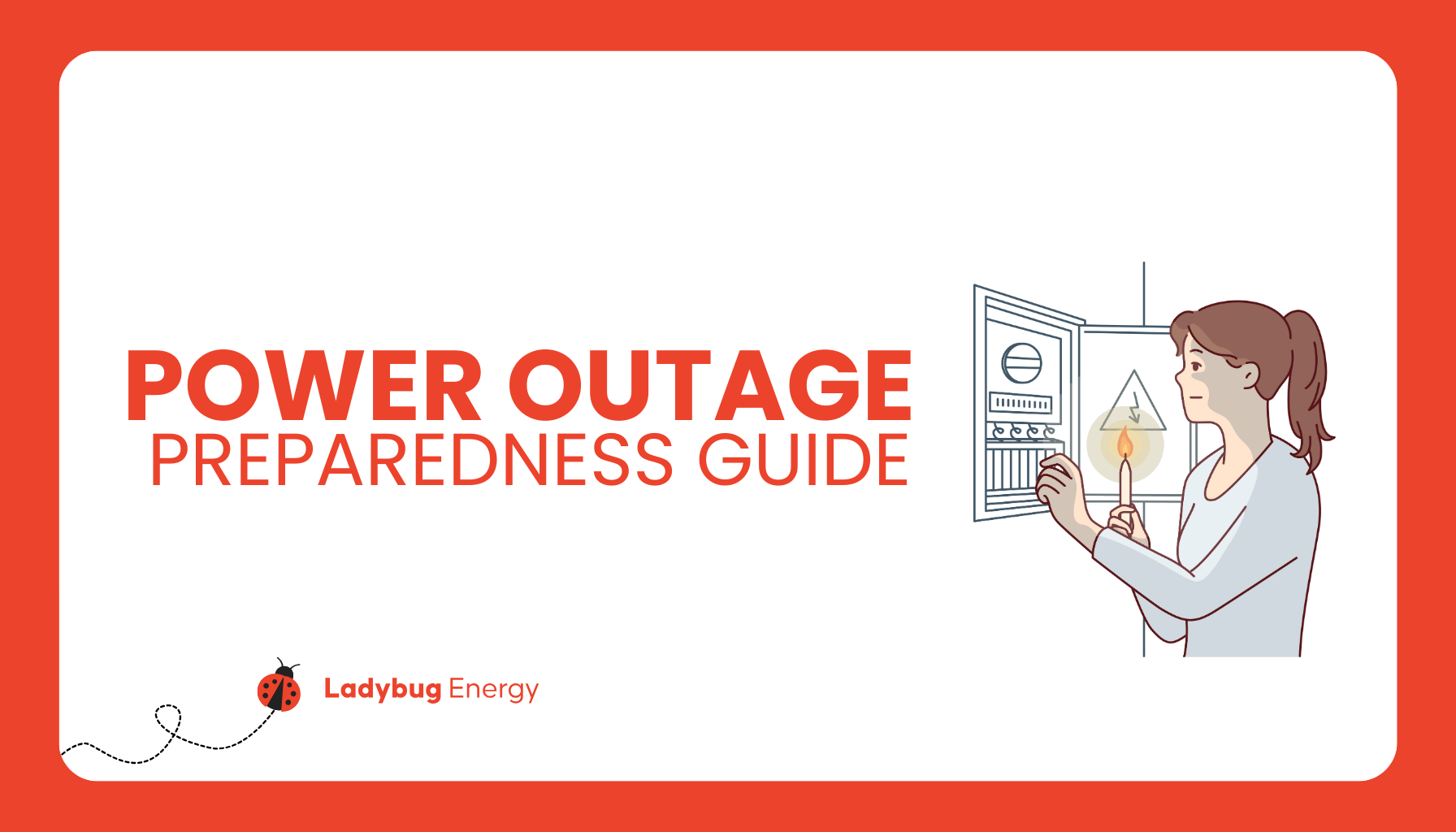
February 26, 2024
Power Outage Preparedness: A Complete Guide
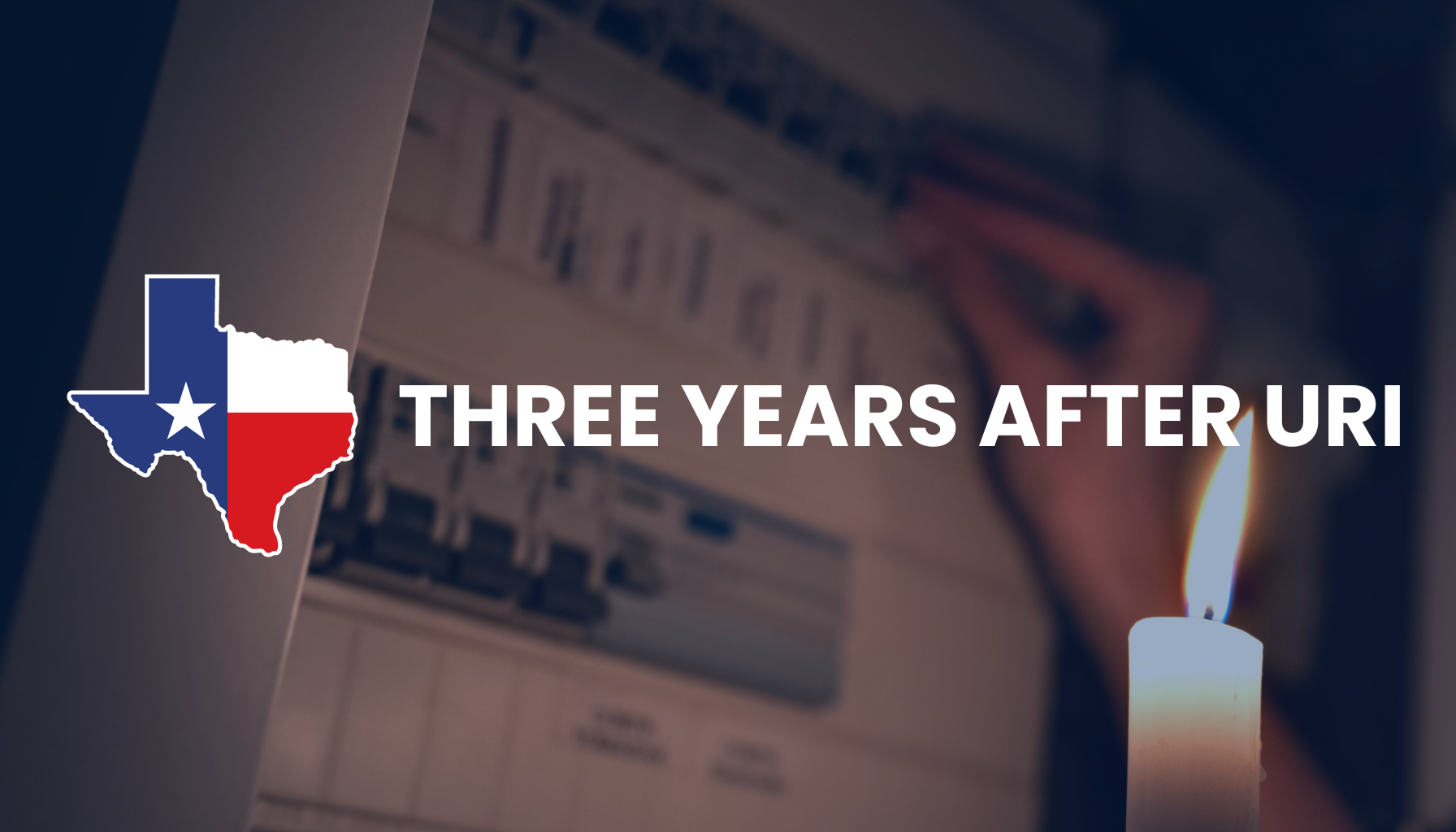
February 9, 2024
Three Years After Uri: How Texans Can Help Prevent Future Power Outages

January 11, 2024
Best Energy Saving Devices for Your Home: From Smart Tech to LED Bulbs

November 28, 2023
How to Read an Electricity Facts Label (EFL)
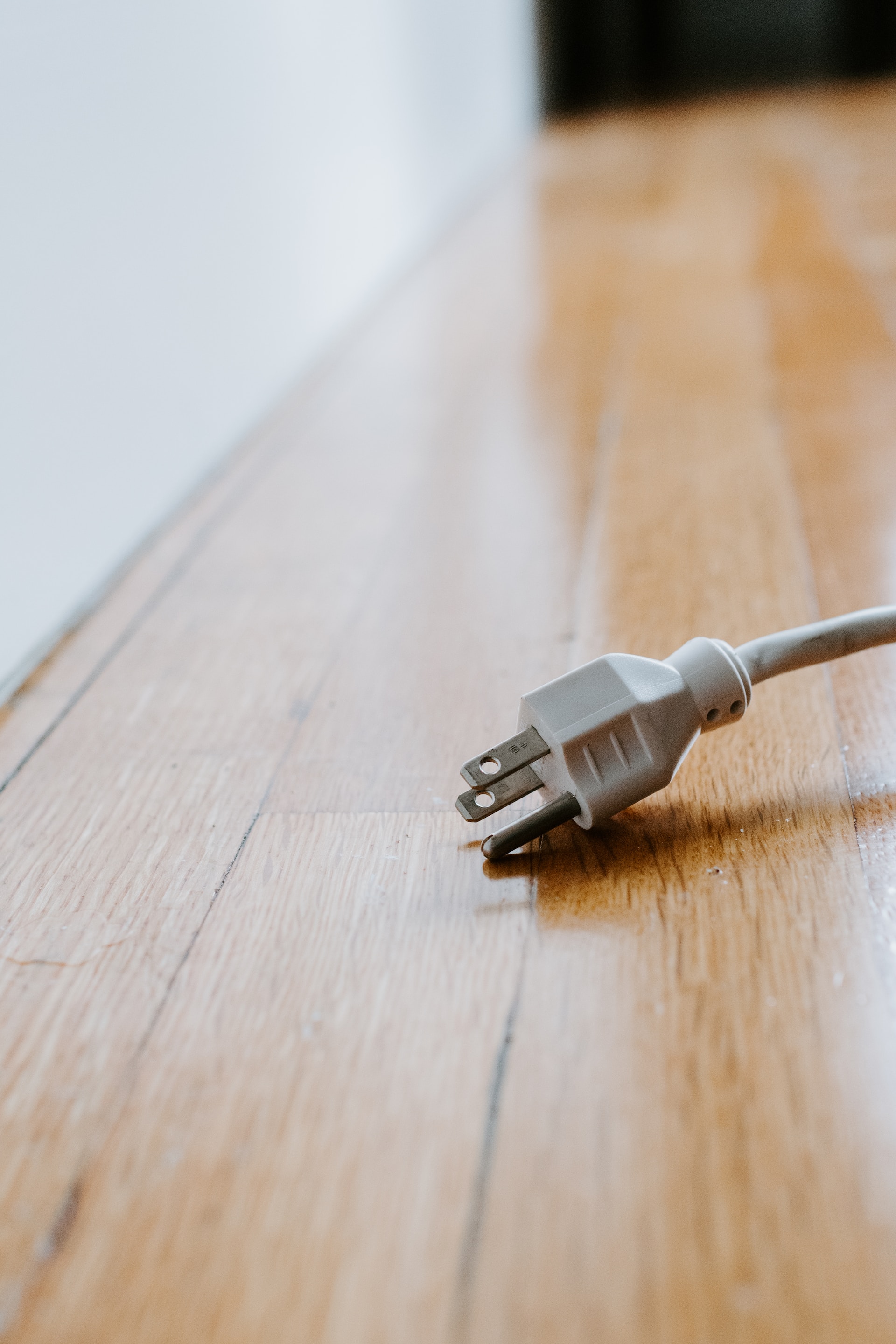
September 12, 2023
How Long Can a Landlord Leave You Without Electricity: What Tenants and Landlords Need to Know
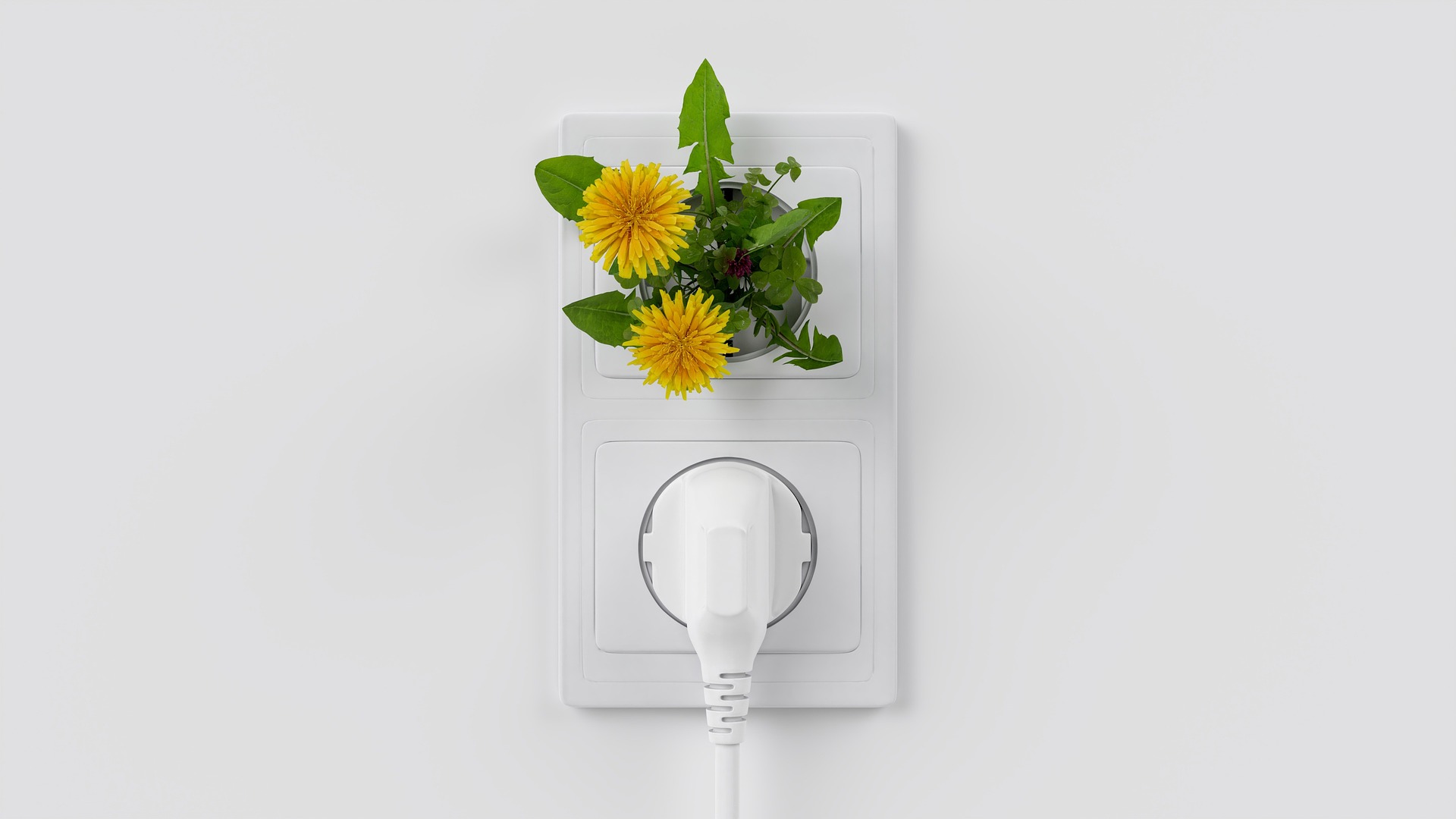
August 21, 2023
Childproofing Electricity: A Parent's Guide to Safeguarding Kids from Electrical Dangers

July 19, 2023
Does Closing Off Rooms Save Heat? An Energy Efficiency Discussion
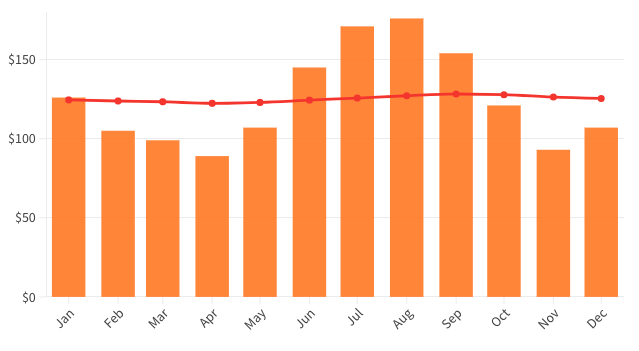
July 19, 2023